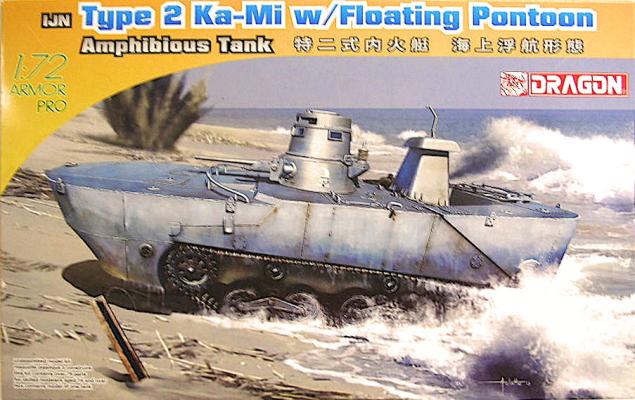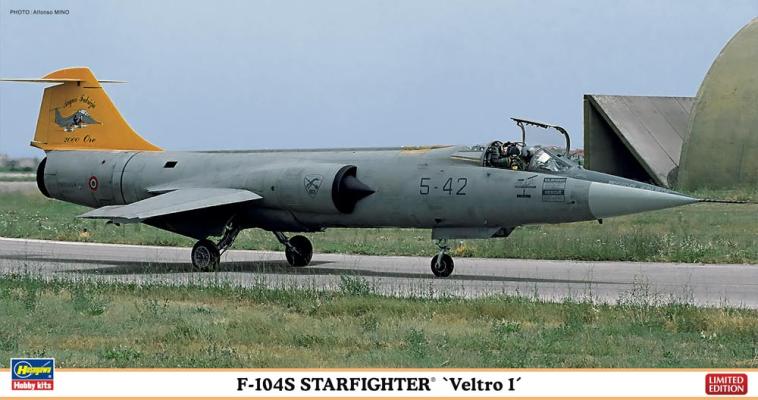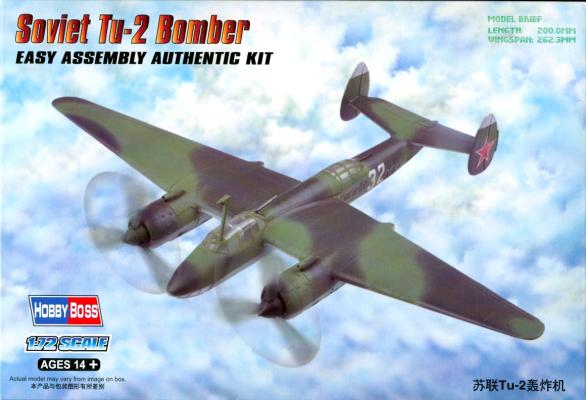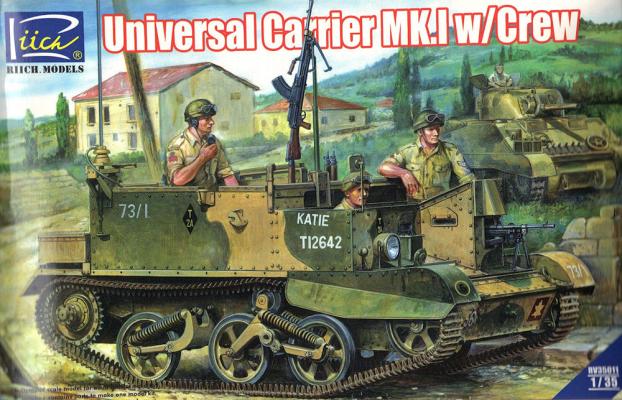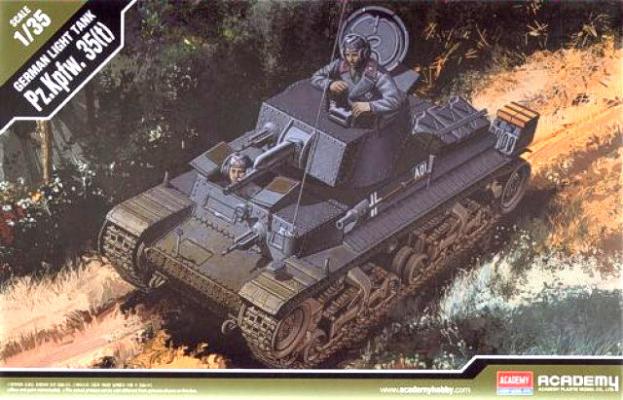This one falls in the "that's an odd duck" category. This was a Japanese attempt – and a successful one, at that – to create a truly amphibious tank. The IJN developed the Type 2 Ka-Mi tank for invading Pacific islands that did not have adequate port facilities to handle regular tanks. The tank had removable pontoons fore and aft for flotation and to avoid shipping any water; they added a trunk for the air intake and a tower over the commander's turret hatch. It could do around 10 km/hr in the water, being driven by two propellers at the rear, and had a range of 150 km. These were probably test results in a bay or on a lake. I could find no information on its performance on the open seas, so I'd take that range and speed with a grain of salt. The vehicle was never used operationally in its amphibious mode, serving mostly as a dug-in pillbox on various Pacific islands.
Welcome to the IPMS/USA Reviews site!
Introduction: The primary organization of the IPMS/USA Review website is by IPMS/USA National Contest Class. Within each Class there are sub-menus by kits, decals, books, etc. The Miscellaneous Class is for items that are not class specific or that cross two or more classes.
IPMS/USA Members: We encourage you to submit reviews, both here and to the Journal. To volunteer for membership in the IPMS/USA "Reviewers Corps" and submit your own reviews, please read the Guidelines For Submitting Product Reviews.
Manufacturers, publishers, and other industry members: IPMS/USA is pleased to offer your company the opportunity for product reviews. All product reviews are performed by IPMS/USA members, and are posted in the publicly-accessible section of our website. With very few exceptions, we perform full build reviews of new kit releases, aftermarket products, and supplies. If you would care to provide product samples for review, please contact John Noack, IPMS/USA 1st VP.
To learn more about IPMS/USA, please see our About Us page.
The maiden flight of the F-104 was in 1954, and its final variant was the S (first flown in 1966) model, which was a licensed-production Italian version of the 104. The Italian Air Force and Turkish Air force flew the S model, with the Italians using them until 2004! (Pretty good service, I’d say.)
The Kit
Upon opening the box, you will find 16 (some have just one part on them) light grey and 1 clear sprues of injected molded plastic, a nice decal sheet with markings for one aircraft (a 104S from the 5th Stormo, 23 Gruppo, in memorial paint scheme), and an 8-page instruction sheet. The plastic is cleanly molded with nice detail and is flash free, but there are a few pin marks throughout the parts.
History
The Tupolev Tu-2 has a rather interesting origin, being designed by a team of engineers who had run afoul of Stalin’s paranoia. They had been placed in a political prison as “enemies of the state,” and the design work for this aircraft began while the designers were incarcerated. The airplane was designed as a high speed bomber, capable of both level and diving attacks. Originally powered by liquid cooled AM-37 engines, these were later required for the Ilyushin Il-2 Sturmovik program, so Shvetsov Ash-82 radials of 1,850 hp. were used, giving the plane a maximum speed of well over 300 mph. A crew of four was carried, including a pilot, navigator gunner, and two additional gunners. The first flight of the aircraft was in January, 1941, and the type entered service in 1942. Many variants of the Tu-2 appeared, and total numbers exceeded 3,000 before production ended in 1950.
I will start this review with a simple statement: this is one of the most complex, highly detailed, and simply wonderful models I have ever had the pleasure to encounter. It has 13 sprues of plastic parts with exquisitely fine details. Additionally, there are three frets of photo etch brass parts, 32 metal springs, 8 tiny metal shafts, and a length of metal chain. The small set of decals covers 4 different vehicles from three different nations’ armed forces. And, despite all this complexity, the kit assembles, with a few notable exceptions, extremely well. So read on!
In the mid 1930’s, the nation of Czechoslovakia had one of the most sophisticated military arms manufacturing industries in Europe. Upon the German annexation of the Czech territories known as the Sudetenland in 1938, and the occupation of the entire country in 1939, the Czech armament factories fell into the hands of German forces. Two main tanks originated from these factories, known as the Panzer 35(t) and Panzer 38(t) to the Germans (“t” is short for the German word for Czechoslovakia, “Tschechoslowakei”). The Panzer 38(t) chassis soldiered on throughout World War Two as the basis for a number of tank destroyers and self propelled flak guns, while the Panzer 35(t) had a shorter career.











